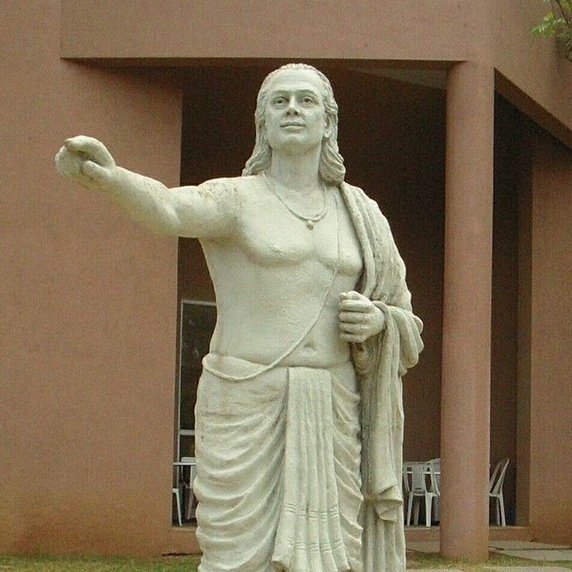
Mahapurusha Dikshavan @anaadifdn | Author | Pradhana Acharya, Dharma Gurukulam | Dedicated to Guru Parampara & Indian Knowledge Systems | PhD Scholar IIT Bombay
How to get URL link on X (Twitter) App


 Here's the mind-blowing spectrum of mathematics covered in Gaṇitapāda with just 33 verses: 1. Saṃkhyāsthāna: Place value system 2.Vargaparikarma, ghanaparikarma: Squaring and cubing. 3.Vargamūlānayana: Obtaining the square-root 4.Ghanamūlānayana: Obtaining the cube-root
Here's the mind-blowing spectrum of mathematics covered in Gaṇitapāda with just 33 verses: 1. Saṃkhyāsthāna: Place value system 2.Vargaparikarma, ghanaparikarma: Squaring and cubing. 3.Vargamūlānayana: Obtaining the square-root 4.Ghanamūlānayana: Obtaining the cube-root